Are the best 21st century string quartets superior to the 20th?
mainWelcome to the 107th work in the Slipped Disc/Idagio Beethoven Edition
String Quartet No. 12 in E flat major op. 127 (continued)
Probably the best way to assess different approaches to the first of Beethoven’s late quartets is to group them by the traditions I outlined yesterday in When Beethoven Became Unplayable. It’s not an infallible process since there are a number of outliers we need to take into account, nor does it always to the categories I have set. The first authentic American recording, for instance, is by the Pro Arte Quartet, which was founded on high classical principles in Belgium and had as its first violin Rudolf Kolisch, who was the brother-in-law of the arch-modernist Arnold Schoenberg.
The Pro Arte, originally resident at the court of the King of the Belgians, were playing in Madison, Wisconsin, at the outbreak of the Second World War. Since they could no longer go home the locals granted them the first string residency at any American university and the group never looked back. Their 1946 recording of the opus 127 sounds somehow disembodied from European traditions, beautifully played with a whispery pianissimo. Aside from Kolisch, the players were Albert Rahier, Germain Prévost and Ernst Friedlander. After many changes of personnel, the Pro Arte marked its centenary in 2012 and continues playing to this day.
On similar lines, I find it fascinating to compare two 1956 recordings – one by the Amadeus Quartet, composed of three Austro-German refugees and and English Jew, and the other by the Walter Barylli Quartet, who were Viennese and included at least one Nazi. The Amadeus cling more to a definedly Viennese sweetness, while the Barylls are muscular, nonchalant, unGermanic in the glint of humour that pervades the Scherzo. Baryilli was concertmaster of the Vienna Philharmonic from 1939 and his quartet were resident at the Musikverein. The cellist Emanuel Brabec was principal of the Vienna Phil and teacher of the period instrument propagator Nikolaus Harnoncourt. Tradition does not always run in predictable lines.
The ultimate Viennese group, the Alban Berg Quartet, took late Beethoven as a starting point for their exploration of modernism and the 20th century. Their leader, Günter Pichler, was concertmaster of the Vienna Philharmonic at the age of 21 but the players soon switched from orchestral playing to teaching careers, first in Vienna and then in succession to the Amadeus at Cologne. As such they are probably the most influential of all string quartets since Joachim’s, numbering mong their students the Cuarteto Casals, the Belcea Quartet, and the Artemis. If their playing can be a tad pedagogic, it is also precise, faultless and musically poetic. I am not sure the opus 127 is their finest half-hour, but even half-best Berg is way above most mortal aspirations. Compare them to other fine Viennese quartets – the Weller, the Hagen – and you’ll hear the class distinction. Pichler, in later years, became a rather good conductor.
Let’s talk Hungarian for a moment among ourselves. The choice is between Sándor Végh‘s quartet (1952), Zoltán Székely‘s Hungarian String Quartet (1955) and the transcendent Budapest Quartet, which among many lasting legacies, established the rules by which quartets resolve disputes and split the money, legislating also that wives and partners were never to be allowed into rehearsal. The dominant players were Joe Roisman and Sascha Schneider. No group plays the adagio of this quartet with deeper, darker feeling. The Budapest were house quartet for the Columbia label until they disbanded in 1967, having given many American music lovers their formative quartet experience on record.
Other Hungarian ensembles include Attila Falvay’s Kodály Quartet (1998), the Bartok Quartet (2014) and the outstanding Takacs Quartet, which is led by an Englishman, Edward Dusinberre, who has written an immersive book about playing Beethoven quartets. Founded in Budapest in 1975, the quartet lost all but one of its Hungarians on the road without ever sacrificing its hot paprika flavouring. The Takacs account of opus 127 would have to come near the top of any shortlist.
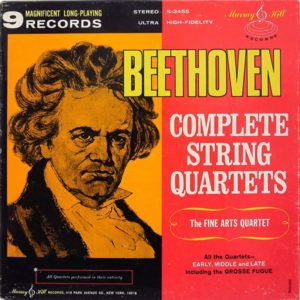
The core American quartets are the Fine Arts, made up originally of players in the Chicago Symphony, the Guarneri, which taught at Curtis and maintained a strong individualism among its members; the Juilliard; the Vermeer; and, above all the Emerson, which combined large-boned athleticism with intellectual sensitivity, becoming house ensemble for Deutsche Grammophon in the early 1980s. Recording the opus 127 1997, there is an edge and daring to the playing that can only come from constant thrust and very great trust between the players. One further US-based group needs to be heard: the LaSalle Quartet of Cincinnati were signed by DG to perform atonal modernism. They made a point of underpinning it with late Beethoven, a confluence that sounds even greater in their interpretations than in the Alban Berg’s.
As the 21st century dawned, quartets got fitter, quicker, lither, smarter. The Berlin-based Artemis Quartet, for instance, made a fad out of playing standing up. It added propulsive excitement to the playing, sometimes a visible competitiveness that was not necessarily a musical virtue. The sound, though, is unmistakably their own and in this quartet they are immensely powerful.
The Casals Quartet (2017) – Abel Tomàs, Vera Martínez Mehner (violins), Jonathan Brown (viola), Arnau Tomàs (cello) – are more discreet with their dazzle and extrememly mellifluous. The Belcea, Miro and Kuss Quartets are also in contention for the fastest and the fittest. When it comes to choosing, the key question is how much one values a sense of tradition over the pace of modern life.
My initial inclination is to recommend the best of both – which would be the Takacs – but my passion draws me to the La Salle and, beyond them, to the Fine Arts, Barylli and Busch. Off the beaten track, I suspect that the most lyrical performance is that of the Quartetto Italiano on Philips in 1996, a sound sweeter than Amaretto. There is no one-fits-all solution to this perplexing masterpiece.

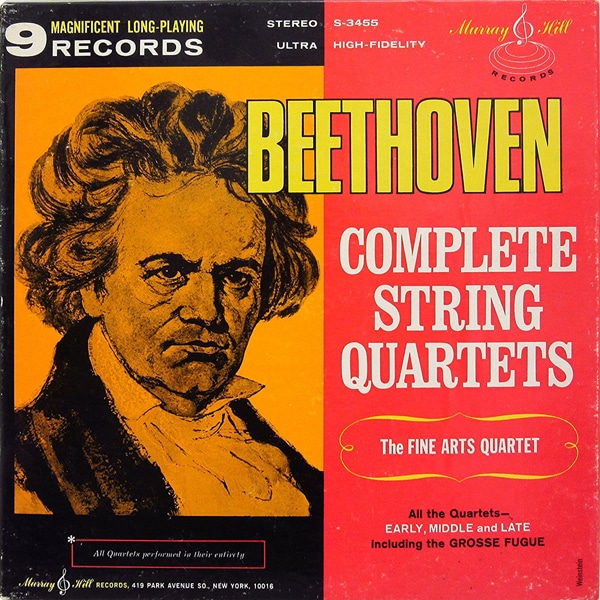

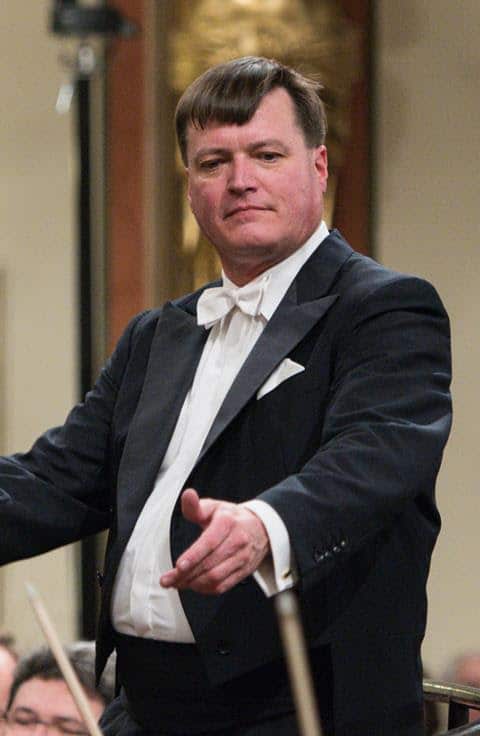
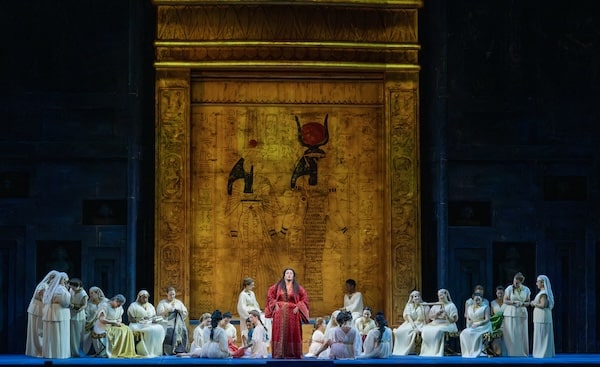
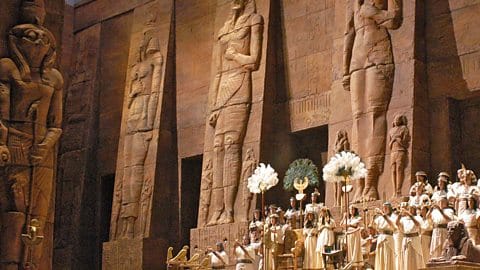
A really nice essay. Thanks for this.
Norman, a correction to your fine exploration of string quartet playing. The Budapest Quartet was Hungarian, at least in part, only until 1936. After that, it consisted of four Russian Jews until it disbanded in 1967. This includes your “transcendent” recording made in 1952.
Sasha Schneider, second violin of the Budapest Quartet, was instrumental in the formation of the Guarneri Quartet, who may be considered heirs of the Budapest Quartet. That lineage now continues with the stunning Dover Quartet, who may be considered Guarneri Quartet 2.0.
Jascha Heifetz was once quoted as saying: “One Russian is an anarchist. Two Russians are a chess game. Three Russians are a revolution. Four Russians are the Budapest String Quartet.”
The Pro Arte Quartet (Latin for “For Art”) , in existence for over a century, has an amazing story. They were resident in Belgium, took a trip to America before WWII, and were performing in Madison, Wisconsin when Hitler invaded Belgium. The university offered them a sanctuary. They became the first sting quartet in history in residence at a university and have remained so to the present.
Good history here: https://www.wisconsinacademy.org/magazine/brussels-love
Fritz Busch? Fritz Busch? Get your Busches disentangled! The Barylli late quartets are not much cop, although the rest of their cycle is fine. Are 20th-century ensembles better than 21st-century ones, or vice versa? Who cares? It’s the music that counts. Try the Quatuor Ébène set, or the Belcea. If we’re talking of Op. 127, the Beethoven Quartet of Moscow are at their best in that one, as are the Smetana Quartet of Prague, especially in their first recording. Besides the still unequalled Busch Quartet, there is a fascinating historic account by the Klingler Quartet.
The Emerson made a fad out of standing up long before the Artemis.
While they recorded no Beethoven, the American Stuyvesant String Quartet (1938-1954) performed them and made pioneering recordings of Shostakovich, Prokofiev and Bloch; and benchmark recordings of K. 499 & K. 575, Debussy & Ravel, and the Brahms Clarinet Quintet with Alfred Gallodoro. Top level musicians who were, in the words of Richard Freed, ‘crazy about the music they chose to play.’
Then, of course, there’s the fine tradition of Czech quartet playing. So might I add the Smetana Quartet’s 1961 recording for consideration? I seem to remember that even in the recording studio they played from memory.
Peter: you are right to mention the Czechs, whom I heard a few times in person: the Smetana and the Janacek. The Janacek played the whole Beethoven cycle of 16 quartets by memory.
IMO, one of the great core American quartets was the Cleveland Quartets whose Beethoven recordings on RCA and Telarc were marvelous
Cleveland Quartet, that is.
While there was at one time a Budapest String Quartet based in Hungary, it’s successor was comprised of four Russian emigres: Roisman, the Schneider brothers and Boris Kroyt. (Sacha Schneider was in it twice.) The program notes of the stereo Beethoven sets they released in the late1950s and early 60s made much of the fact that at the time none of the players in their most famous line ups had even been to Budapest. There was a joke going around at the time:
One Russian is an anarchy
Two Russians are a chess match
Three Russians are a revolution
Four Russians are the Budapest String Quartet!
If Alexander Schneider was in the Budapest Quartet twice, wouldn’t it be a quintet?
An interesting summary but I would not list the Budapest String Quartet – at least not the iteration of it that made all those fine recordings for Columbia Records – as among the Hungarian ensembles, in spite of its name. It existed in a paprika-free zone.
The Végh Quartet did record the Beethovens in 1952 but they did it again in stereo in the 1970s and it is that set which most collectors are likely to run across.
It is true that the Pro Arte quartet continues with of course all different players than the original (and the successors of those originals), but note that the Fine Arts Quartet also continues to exist and tour. It is however no longer affiliated with the University of Wisconsin – Milwaukee.
I choose the Budapest Quartet of my youth and the current Belcea.
The Quartetto Italiano in 1996? -that late? I would have thought they would be past their prime by then. Theirs is my favorite Beethoven quartet playing.
No mention of the inspirational Lindsay string quartet.
I share your enthusiasm for the Lasalle Quartet, whose leader, Walter Levin trained both the Alban Berg the Artemis and the Hagen extensively (Casals too, I believe).
As to the Budapest Quartet, they took the name over from a then defunct Hungarian quartet. However, they were Russian Jews.